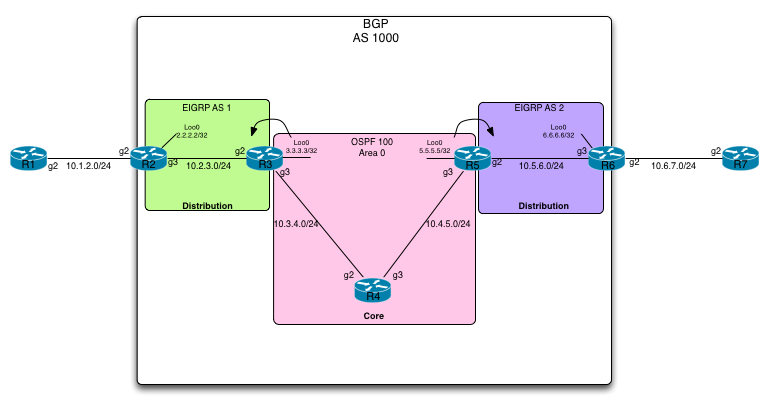0
We overuse the word “friend” in our world — especially the technical world. We tend to call anyone we’ve ever met a friend. In this environment, friends come and go almost constantly, flowing through our lives like the leaves in a brisk fall wind. The depth to which Facebook and LinkedIn dive into our personal relationships — reminding us of birthdays, telling us who’s having a work anniversary, telling us when we should say the right thing at the right time to keep the “friendship” alive and current. But this somehow robs the concept of friendship out of, well, friendship. There’s no sacrifice, not even any effort — you have to question the value of “friendship” on these terms. It almost seems that social networking has made us less social, and less attuned to real friendship.
How do we live in this world?
I would first suggest reviving the concept of being intentional about friendship. Rather than just letting people fall into and out of our lives, we need, particularly as engineers, to decide to hold on to some friends, to intentionally make these people a fixture in our lives. We need to be careful not to make these choices Continue reading
 itecture (released 2008). The technology is ported to the more “Desktop” oriented CPU’s as well, so there is a good chance your notebook supports it as well. Since the Haswell architecture the nested virtualization works even better as Intel now supports VMCS Shadowing for nested VMs, which creates a data structure in memory per VM (and now supports nested VMs as well, which used to be a software effort).
itecture (released 2008). The technology is ported to the more “Desktop” oriented CPU’s as well, so there is a good chance your notebook supports it as well. Since the Haswell architecture the nested virtualization works even better as Intel now supports VMCS Shadowing for nested VMs, which creates a data structure in memory per VM (and now supports nested VMs as well, which used to be a software effort).


